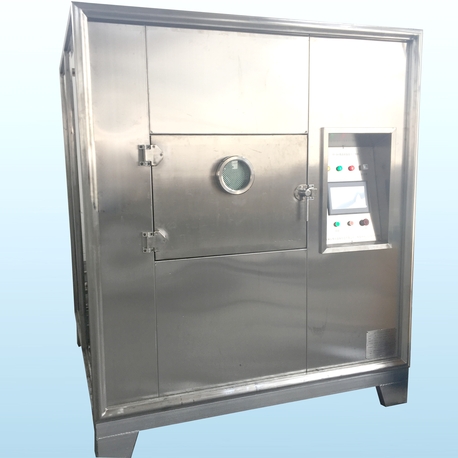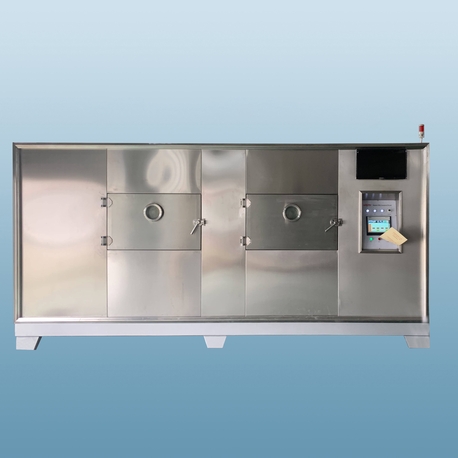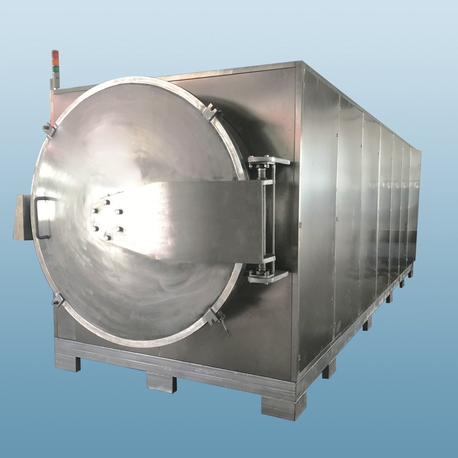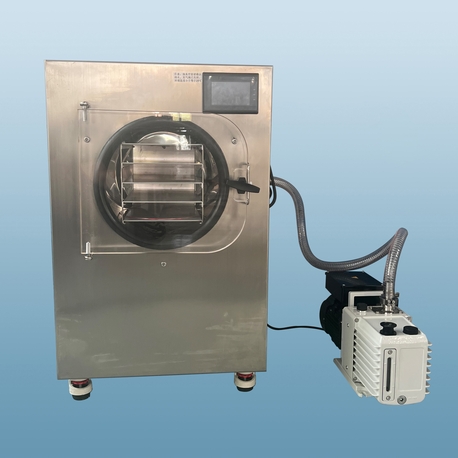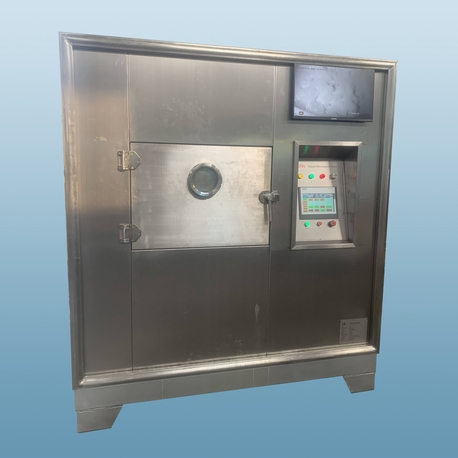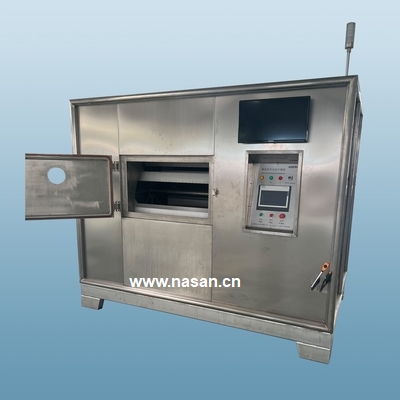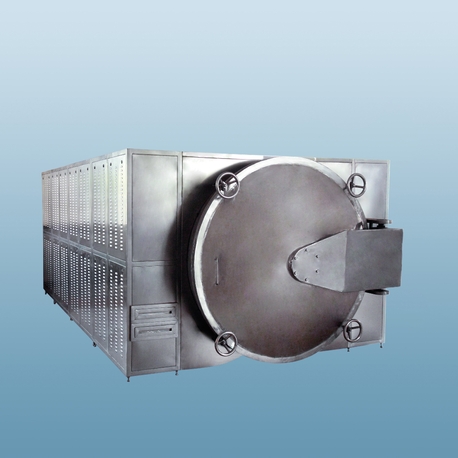In today's competitive global industrial landscape, maintaining product quality and optimizing processes is crucial for businesses in the food sector. One often-overlooked tool that plays a pivotal role in this is the food dehumidifier. As industries strive for efficiency and sustainability, understanding how a food dehumidifier can revolutionize operations becomes essential. This article delves into the intricacies of food dehumidifiers, focusing on their applications in international industrial and commercial drying environments. From preserving nutritional value to reducing energy costs, we will explore multiple facets of this technology, providing insights for businesses looking to invest in reliable drying solutions. Whether you're involved in food processing, storage, or distribution, a food dehumidifier could be the key to unlocking higher productivity and better outcomes.
What is a Food Dehumidifier?
A food dehumidifier is a specialized industrial device designed to remove excess moisture from the air and products in food-related environments. Unlike general-purpose dehumidifiers, these systems are engineered to meet the stringent requirements of the food industry, such as hygiene standards and precise humidity control. In commercial settings, a food dehumidifier is used to prevent spoilage, extend shelf life, and maintain the integrity of items like grains, fruits, vegetables, and processed foods. By regulating humidity levels, these machines help in achieving optimal drying conditions, which is vital for large-scale operations. For instance, in food manufacturing plants, a food dehumidifier ensures that raw materials and finished products are protected from mold, bacteria, and degradation, thereby supporting compliance with international safety regulations. The core function of a food dehumidifier revolves around maintaining a controlled atmosphere, which is indispensable in industries where moisture-sensitive processes are commonplace.
How Does a Food Dehumidifier Work?
The operation of a food dehumidifier involves advanced mechanisms tailored for industrial use. Typically, these systems employ technologies like refrigeration, desiccant wheels, or hybrid models to extract moisture efficiently. In a refrigeration-based food dehumidifier, air is drawn into the unit and passed over cold coils, causing moisture to condense and be collected for disposal. This method is effective for environments with moderate humidity levels. On the other hand, desiccant food dehumidifiers use materials like silica gel to adsorb moisture from the air, which is then regenerated through heating—ideal for low-temperature or high-humidity settings common in food storage facilities. The process is automated and integrated with sensors to monitor humidity, ensuring precise control. For example, in a commercial food drying operation, a food dehumidifier might be connected to a central management system to adjust settings based on real-time data, optimizing energy use and drying times. This technology not only enhances efficiency but also reduces the risk of over-drying, which can compromise food quality. By leveraging these principles, a food dehumidifier delivers consistent performance in demanding industrial applications.
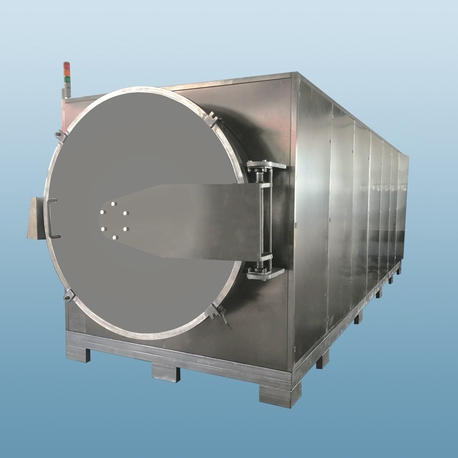
Applications of Food Dehumidifiers in the Industrial Sector
Food dehumidifiers are integral to various industrial processes, spanning from production to packaging. In the international commercial drying industry, they are used in sectors like agriculture, pharmaceuticals (for food-grade products), and food manufacturing. For instance, in fruit and vegetable processing, a food dehumidifier accelerates drying times while preserving vitamins and minerals, leading to higher-quality dried snacks. In grain storage facilities, these systems prevent caking and fungal growth, which is critical for maintaining supply chain integrity. Moreover, in meat and seafood processing, a food dehumidifier aids in curing and dehydration, ensuring products meet export standards. Another key application is in bakery and confectionery, where controlled humidity prevents sticking and extends freshness. Large-scale operations, such as those in Europe or Asia, often use industrial food dehumidifiers in conjunction with conveyor systems for continuous processing. This versatility makes a food dehumidifier a valuable asset in global markets, where regulations and consumer demands for quality are ever-evolving. By integrating a food dehumidifier into their workflows, businesses can achieve scalability and adaptability in diverse environments.
Benefits of Using Food Dehumidifiers in Commercial Settings
Investing in a food dehumidifier offers numerous advantages for industrial and commercial users. Firstly, it enhances product quality by maintaining optimal moisture levels, which reduces waste and recalls. For example, a food dehumidifier can cut down spoilage rates by up to 30% in storage facilities, translating to significant cost savings. Secondly, energy efficiency is a major benefit; modern food dehumidifier models are designed to consume less power while delivering high performance, aligning with sustainability goals. Thirdly, these systems improve workplace safety by minimizing slippery surfaces and microbial growth, which is essential in food processing plants. Additionally, a food dehumidifier supports compliance with international standards like HACCP and ISO, facilitating smoother trade across borders. From an economic perspective, the use of a food dehumidifier can lead to faster ROI through increased throughput and reduced maintenance costs. In competitive markets, this technology provides a edge by ensuring consistent output, which builds brand reputation. Overall, the strategic deployment of a food dehumidifier in commercial settings drives operational excellence and long-term profitability.
Key Factors to Consider When Choosing a Food Dehumidifier
Selecting the right food dehumidifier for industrial use requires careful evaluation of several factors. Capacity is paramount; a food dehumidifier must match the volume and type of products being processed. For large-scale operations, high-capacity units with robust construction are necessary. Energy efficiency ratings, such as those certified by international bodies, should be checked to ensure cost-effectiveness. The technology type—whether refrigeration or desiccant—depends on the specific application; for instance, a desiccant food dehumidifier is better suited for low-temperature environments. Hygiene features, like easy-clean surfaces and antimicrobial coatings, are crucial in food industry compliance. Additionally, consider the integration capabilities; a food dehumidifier with IoT connectivity can provide real-time monitoring and automation. Maintenance requirements and availability of spare parts also play a role in minimizing downtime. It's advisable to consult with experts and review case studies from similar industries to make an informed decision. By prioritizing these aspects, businesses can invest in a food dehumidifier that meets their unique needs and enhances overall efficiency.
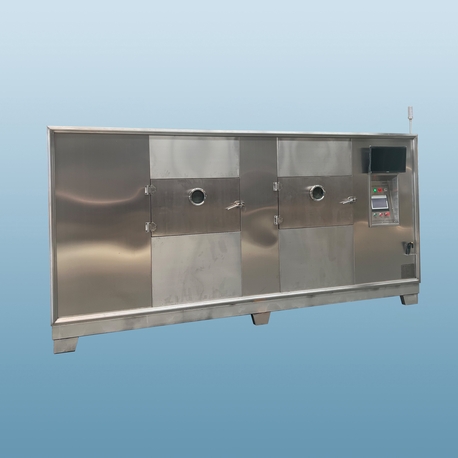
Maintenance and Best Practices for Food Dehumidifiers
Proper maintenance is essential to maximize the lifespan and performance of a food dehumidifier in industrial settings. Regular cleaning of filters and coils prevents clogging and ensures efficient airflow. For a food dehumidifier, it's recommended to schedule inspections every few months, checking for wear and tear in components like fans and sensors. Lubrication of moving parts and calibration of humidity controls help maintain accuracy. Best practices include training staff on operational protocols and keeping a log for tracking performance metrics. In commercial environments, adhering to manufacturer guidelines and using genuine parts can prevent costly repairs. Additionally, implementing a preventive maintenance plan for a food dehumidifier reduces the risk of unexpected breakdowns, which is vital for continuous production lines. By following these steps, businesses can ensure their food dehumidifier operates reliably, supporting consistent product quality and safety standards.
In conclusion, a food dehumidifier is a transformative tool in the international industrial and commercial drying sector, offering benefits that range from improved product quality to energy savings. By understanding its functions, applications, and selection criteria, businesses can harness this technology to stay competitive. As the food industry continues to evolve, investing in a reliable food dehumidifier will be key to achieving sustainable growth and meeting global demands.
Frequently Asked Questions (FAQ)
Q1: What is the primary purpose of a food dehumidifier in industrial settings?
A1: The primary purpose of a food dehumidifier in industrial settings is to control humidity levels to prevent moisture-related issues like spoilage, mold growth, and quality degradation in food products. This ensures longer shelf life, compliance with safety standards, and efficient drying processes.
Q2: How does a food dehumidifier differ from a standard dehumidifier?
A2: A food dehumidifier is specifically designed for the food industry, with features like hygienic materials, precise humidity control, and compliance with food safety regulations. In contrast, standard dehumidifiers may not meet these stringent requirements and could introduce contaminants.
Q3: Can a food dehumidifier be used in large-scale commercial operations?
A3: Yes, a food dehumidifier is ideal for large-scale commercial operations, as it is built to handle high volumes and integrate with industrial systems. It supports continuous processing in facilities like food storage warehouses, processing plants, and export hubs.
Q4: What maintenance is required for a food dehumidifier?
A4: Regular maintenance for a food dehumidifier includes cleaning filters, inspecting coils, calibrating sensors, and lubricating moving parts. It's also important to follow a scheduled service plan to ensure optimal performance and longevity.
Q5: How does a food dehumidifier contribute to energy efficiency?
A5: A food dehumidifier contributes to energy efficiency by using advanced technologies like variable speed drives and smart controls to minimize power consumption. This reduces operational costs and supports environmental sustainability in industrial applications.


